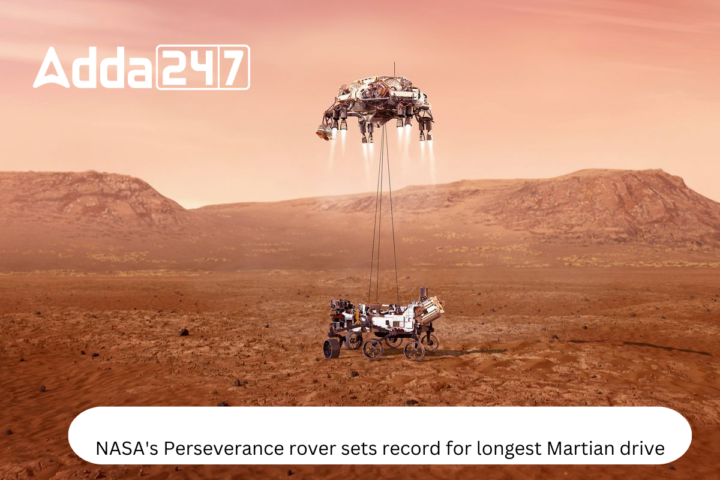NASA’s Perseverance Mars rover has accomplished an impressive feat by traversing a massive boulder field at a record speed, taking only a third of the time it would have taken its predecessor, Curiosity. The rover’s journey through the challenging terrain of Snowdrift Peak in the Jezero Crater is a testament to its advanced autonomous navigation capabilities and highlights its commitment to maximizing scientific exploration time.
Navigating the Rocky Terrain
Perseverance entered the Jezero Crater on June 26, 2023, and embarked on its challenging mission to explore Snowdrift Peak, a rocky region within the crater. The terrain proved to be more rugged and densely populated with large rocks than any the rover had previously encountered. Rather than circumventing this obstacle, which would have consumed precious weeks, Perseverance opted to take on the challenge directly.
The Power of AutoNav
Perseverance’s ability to navigate through this challenging terrain is largely attributed to its advanced AutoNav system, which equips the rover with self-driving capabilities. Unlike its predecessors, which had more limited auto-navigation capabilities, Perseverance possesses a unique advantage.
The earliest Martian rover, Sojourner, had to pause every 5.1 inches to reassess its plans. Spirit and Opportunity, which landed on Mars in 2004, needed to stop every 1.6 feet for similar evaluations. Curiosity, the rover currently exploring Mount Sharp, received an interplanetary patch last year to expedite image processing and auto-navigation timing but still requires periodic planning breaks. Perseverance, on the other hand, boasts two computer brains working together, enabling it to make real-time decisions.
Speed and Precision
Perseverance’s remarkable autonomous navigation capabilities allowed it to traverse Snowdrift Peak in a little over a month, with only a small portion of that time spent in actual movement.
By the time Perseverance completed its journey through the Peak, it had covered 2,490 feet (759 meters) of travel, significantly exceeding NASA’s original planned route of 1,706 feet (520 meters). This extra distance was primarily due to AutoNav’s real-time decision-making, as it maneuvered around rocks that were not visible in orbital images used for route planning.
Setting New Records
Perseverance’s impressive navigation capabilities have allowed it to achieve several speed records on Mars.
- Thanks to AutoNav, it holds the single-day drive distance record of an astounding 1,140.7 feet (347.7 meters), which is slightly less than a quarter mile.
- Moreover, it claims the record for the longest Martian navigation without human assistance, covering 2,296.2 feet (699.9 meters).
However, it’s worth noting that these records were set on the relatively flat bottom of Jezero Crater, and Perseverance faces more challenging terrain in the days and months ahead.
The Ongoing Quest for Scientific Discovery
As Perseverance continues its mission to search for signs of biological life on Mars, it recently began crossing the Mandu Wall, a ridgeline along the inner edge of Jezero’s western rim. This new terrain presents additional challenges for the rover and its AutoNav system, but it’s also where the most promising scientific discoveries may await.
Key takeaways for competitive examination
- Perseverance’s deputy team chief for robotic operations: Mark Maimone




 States and Capitals - How Many States in...
States and Capitals - How Many States in...
 Where Is Kamchatka Peninsula? Why Is It ...
Where Is Kamchatka Peninsula? Why Is It ...
 Top-10 Largest Companies of India by 202...
Top-10 Largest Companies of India by 202...

